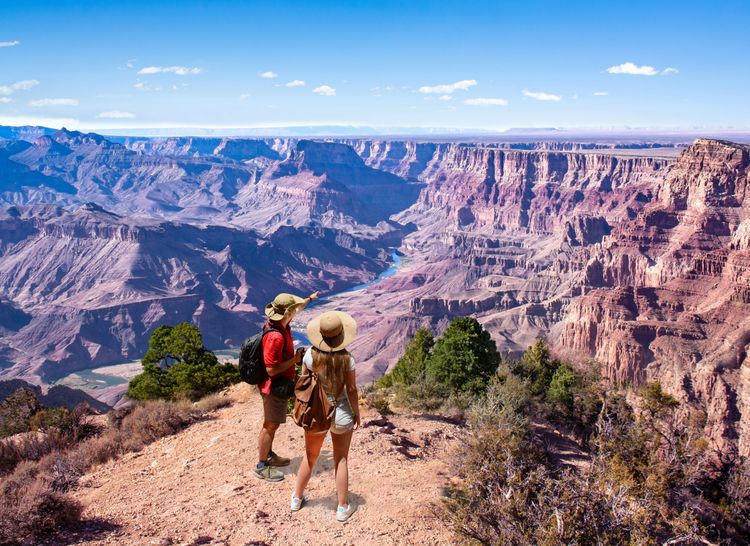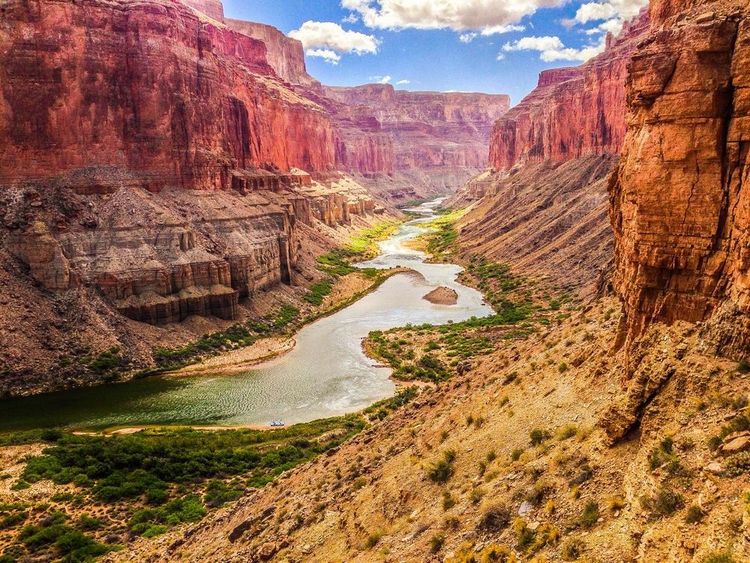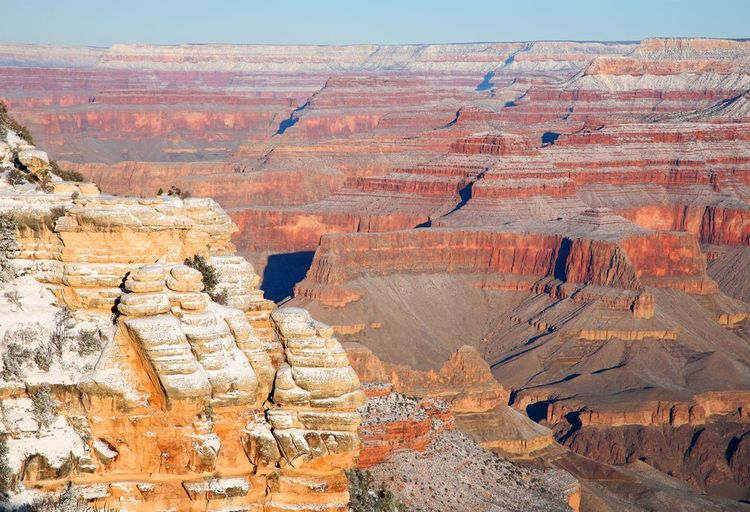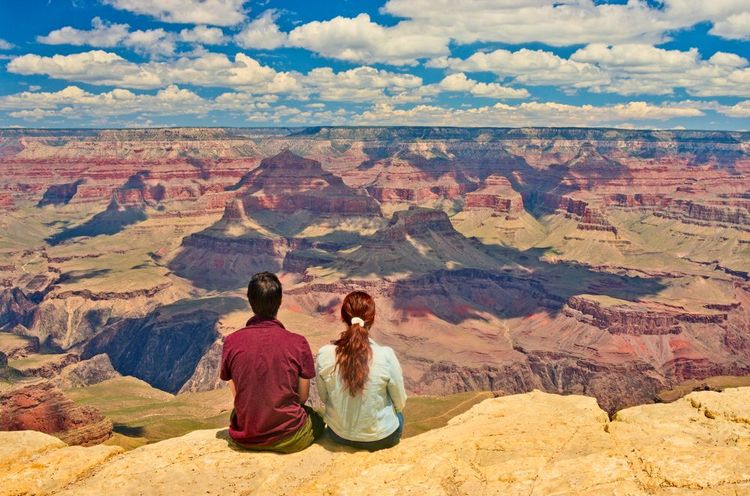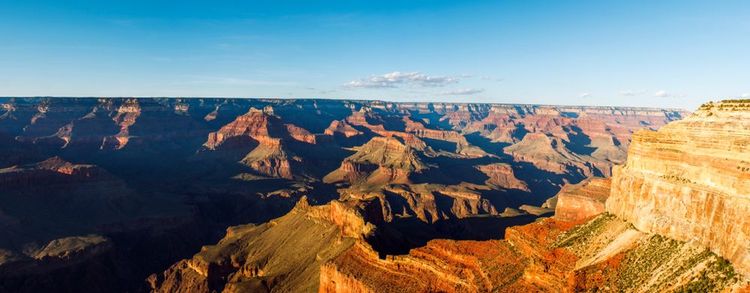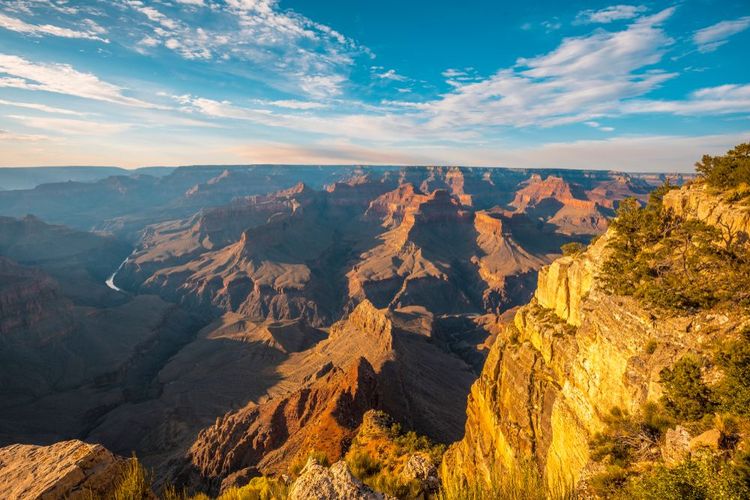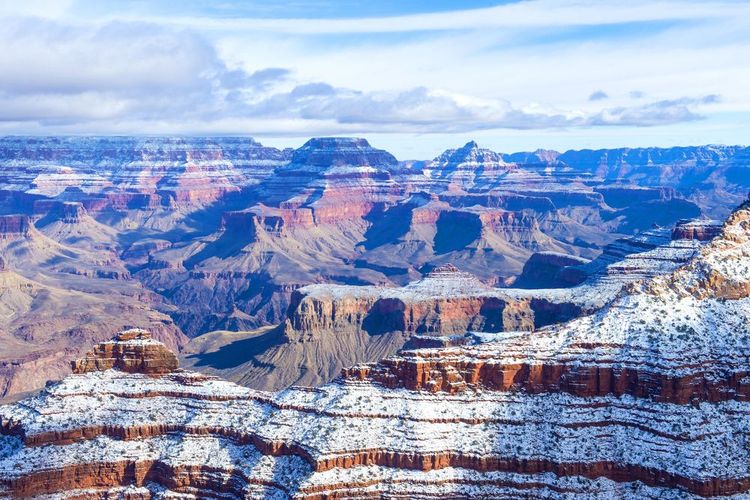To create such a geological site, the elements of nature - air, water and wind - have had to work in unison for thousands, and even more, billions of years. The beauty of this natural site can be attributed to the Colorado River, which for centuries and centuries has carved out the Arizona soil, creating underground caverns and canyons hundreds of metres deep. Mother Nature's gift to us is a true natural feat.
 Route 66
Route 66
